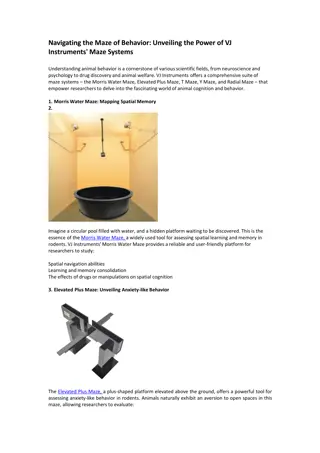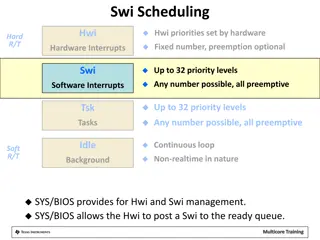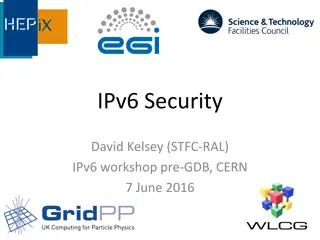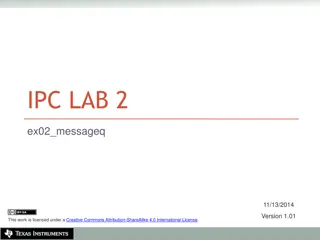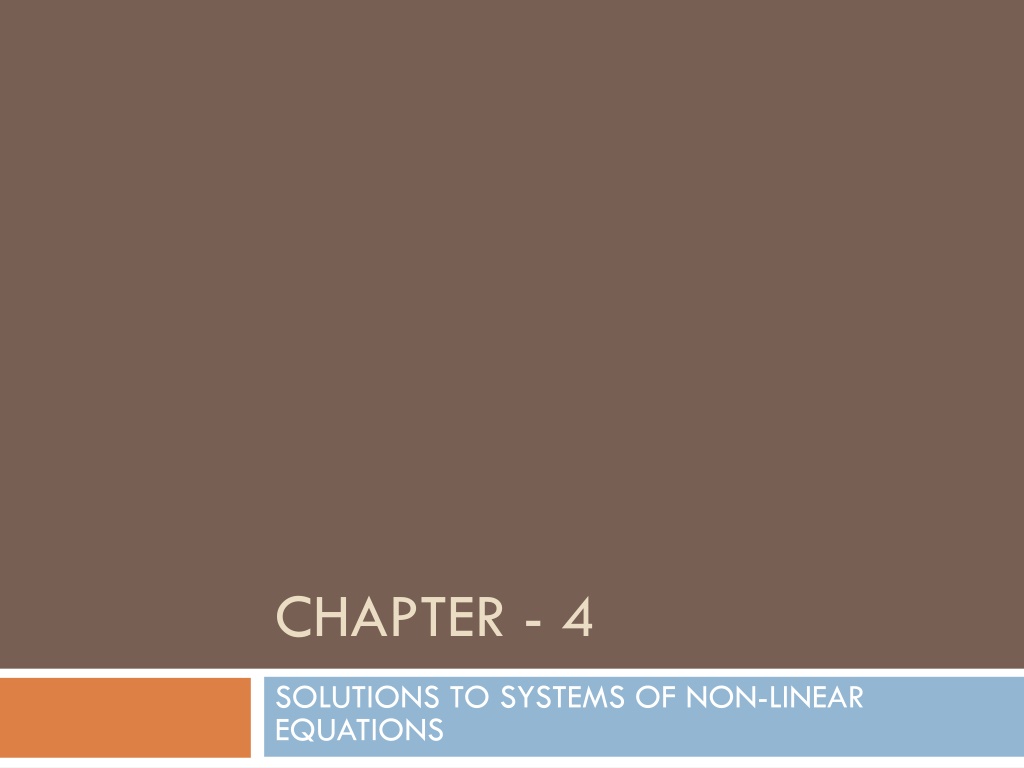
Solutions for Systems of Nonlinear Equations
Explore methods like Generalized Fixed Point Iteration and Generalized Newton-Raphson Method for solving systems of nonlinear equations efficiently. Learn about the Fixed Point Iterative Method and its solution procedure. Discover examples and applications of these methods for convergence acceleration. Dive into the Generalized Newton-Raphson Method for quadratic convergence in N dimensions.
Download Presentation

Please find below an Image/Link to download the presentation.
The content on the website is provided AS IS for your information and personal use only. It may not be sold, licensed, or shared on other websites without obtaining consent from the author. If you encounter any issues during the download, it is possible that the publisher has removed the file from their server.
You are allowed to download the files provided on this website for personal or commercial use, subject to the condition that they are used lawfully. All files are the property of their respective owners.
The content on the website is provided AS IS for your information and personal use only. It may not be sold, licensed, or shared on other websites without obtaining consent from the author.
E N D
Presentation Transcript
CHAPTER - 4 SOLUTIONS TO SYSTEMS OF NON-LINEAR EQUATIONS
1.Introduction Consider the following system of nonlinear equations Methods: -Generalized Fixed Point Iteration -Generalized Newton-Raphson Method
2.The Fixed Point Iterative Method A function can be defined as a mapping of Rn to Rn. Represented as a vector , the system in the prev. slide can be represented as:
2.The Fixed Point Iterative Method Solution Procedure Assume an initial guess vector X0={X1,X2,X3 .} Use initial guess {X2,X3 }to solve for X1 Using the new value of X1 ,solve for {X2,X3 } Using the new values of {X2,X3 } solve for the next value of X1. Do until convergence is achieved 1. 2. 3. 4. 5. Convergence Acceleration using updated values.
3. Generalized Newton-Raphson Method For a single equation, the fixed point method and Newton s method are derived from the generalized form for quadratic convergence. i.e. Newton s Method: (x)=1/f (x) assuming f (x) !=0 Fixed Point Method: (x)=0.
3. Generalized Newton-Raphson Method Using the same logic for N-dimensions, the previous form would be a matrix equation, {G(x)} = {X} inv[A(x)] * {F(x)} [SIMILAR TO NEWTON S METHOD FOR SOLVING SINGLE EQUATIONS] Where each aij(x) in [A(x)] represents a function that maps Rn to R It should follow that A(x) = J(x)
3. Generalized Newton-Raphson Method Where J(x) is the Jacobian of F: Which satisfies
3. Generalized Newton-Raphson Method Consecutive values for {X} can be found using: Where
3. Generalized Newton-Raphson Method Limitations of Newton s Method Evaluation of the Jacobian Finding an appropriate initial guess Each iteration involves solving a system of linear equations. Numerical errors may reduce the convergence to first order.
3. Generalized Newton-Raphson Method Procedure: Form F with {f1,f2,f3 fn} Analytically evaluate the Jacobian J(x1,x2,x3 xn) Form the system -[J(x1,x2,x3 xn)]{Y}=F Set an initial approximation/guess for {x1,x2, xn}0 Evaluate step 3 at {x1,x2, xn}0 Solve step 3 for {Y} Find X1 as {X}1={X}0 + {Y} Unless system converges, Go to Step 5. 1. 2. 3. 4. 5. 6. 7. 8.
3. Generalized Newton-Raphson Method EXAMPLE 1
3. Generalized Newton-Raphson Method EXAMPLE 2

